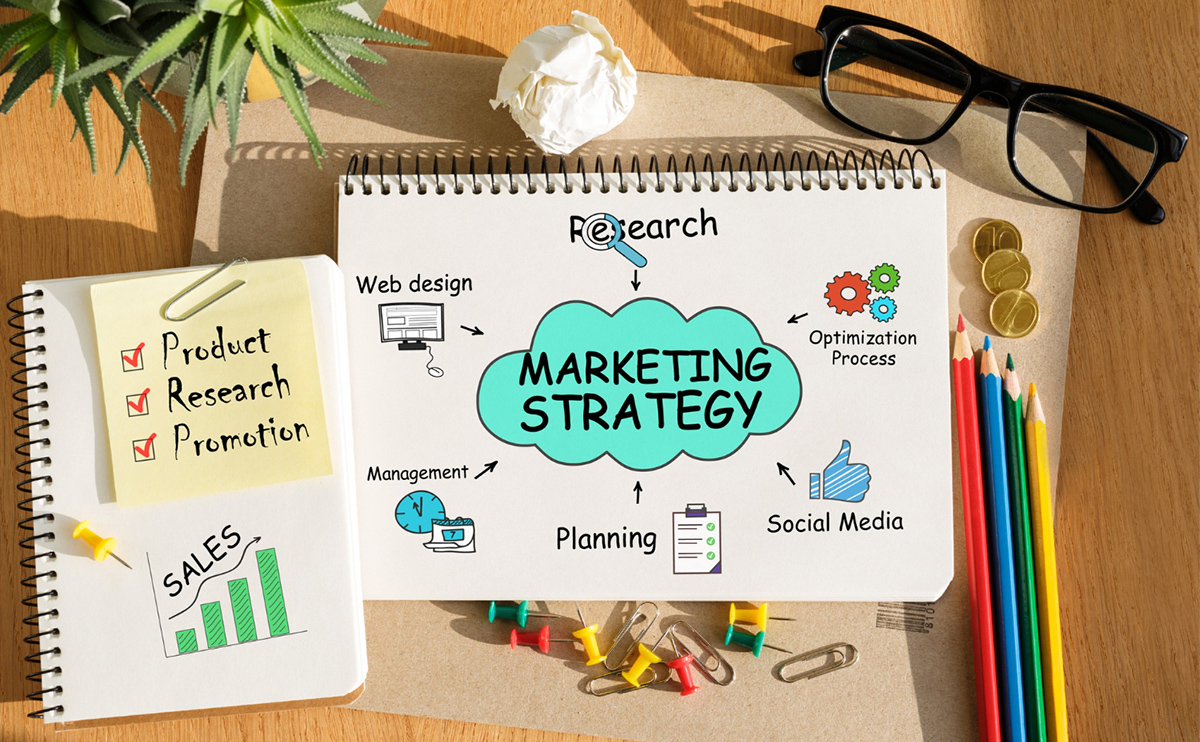
In the digital age, it's no surprise that marketing has evolved to keep up with the times. Out with the traditional outbound marketing tactics, in with the new age inbound marketing strategies. Inbound marketing is the process of attracting customers to your business through content creation, social media, and SEO. You may be wondering how your business can benefit from this marketing strategy. Well, this blog post is here to guide you through the ins and outs of inbound marketing and how it can positively impact your business.
Attracting Customers
The first step in your inbound marketing journey is to attract customers to your business. This can be done through content creation, social media, and SEO. By creating informative and engaging content that is relevant to your target audience, you will draw their attention to your website. Your website will serve as a platform to showcase your products or services and the value your business can offer.
Social media platforms such as Facebook, Twitter, and Instagram can also play a major role in attracting customers. By consistently posting engaging content and interacting with your followers, you can increase your brand awareness and generate leads.
There's also the importance of SEO in attracting customers. By optimizing your website for search engines, you can rank higher for relevant keywords, thus increasing the visibility of your business to potential customers.
Converting Visitors into Leads
Once you've attracted visitors to your website, the next step is to convert them into leads. This involves gathering contact information from your visitors through landing pages, forms, and lead magnets. A lead magnet, such as an ebook or a free trial, can provide value to your potential customers in exchange for their contact information.
Landing pages and forms can also be used to collect contact information from visitors. The landing page will provide information about your offer and encourage visitors to fill out the form to receive it.
By converting visitors into leads, you can continue to nurture them through email marketing and other marketing automation tactics until they are ready to make a purchase.
Closing the Sale
Inbound marketing doesn't stop at lead generation. The goal is to close the sale and convert your leads into customers. This can be done by using sales enablement tools, such as CRM software and email automation.
CRM software can help you track and manage your leads, making it easier to identify which leads are ready to make a purchase. Email automation can also be used to send personalized and targeted emails to your leads, guiding them through the sales process.
Delighting your Customers
The final step in inbound marketing is delighting your customers. By continuing to provide value to your customers through email marketing, social media, and content creation, you can build a long-term relationship with them.
Delighting your customers can also lead to positive word-of-mouth marketing and customer referrals. It's important to continue providing exceptional customer service and support even after the sale has been made.
Conclusion
Inbound marketing can revolutionize the way your business attracts and retains customers. By attracting customers to your business through content creation, social media, and SEO, converting visitors into leads, closing the sale, and delighting your customers, you can build a long-term relationship with your customers and stand out in a crowded marketplace. If you're seeking SEO services in Orlando, contact REK Marketing & Design today for more information on how inbound marketing can benefit your business.